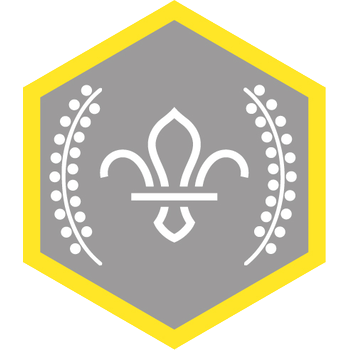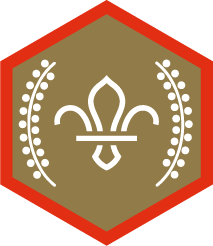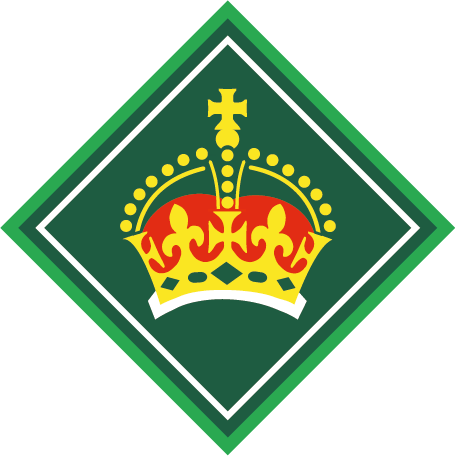
Spot the difference
You’ll need
- Coloured pens or pencils
- Pens or pencils
- Spot the difference sheet
Before you begin
- Use the safety checklist to help you plan and risk assess your activity. Additional help to carry out your risk assessment, including examples can be found here. Don’t forget to make sure all young people and adults involved in the activity know how to take part safely.
- Make sure you’ll have enough adult helpers. You may need some parents and carers to help if you’re short on helpers.
Run the activity
- Make sure that each person has a copy of the ‘Spot the difference’ sheet and a pen or pencil.
- Everyone should try to find all the differences between the four sets of pictures and write them down. The person leading the activity should time how long it takes. The first person to find all the differences is the winner.
- Choose a person who has found all the differences in one picture and ask them to explain how each scenario is different. Ask what the impact might be of the changes to the scene. Repeat this for the other three pairs of pictures.
Learning about hidden disabilities
- Explain to the group that certain scenarios, such as those in the picture, can be overwhelming for some people with a hidden disability, such as people with sensory differences.
- Sensory differences means that someone's senses, such as sight, sound, smell, taste, and hearing, might be more or less sensitive. If someone has sensory differences it might not always be obvious. We might not be able to see that a person has them. However, it can make some things more difficult for them or they may sometimes get more easily overwhelmed by their surroundings. Autistic people often have sensory differences, too.
- See if anyone can think of any adjustments that can be made to make the environments in the picture better for people with hidden disabilities. Use the differences in the pictures to show how one might be more suitable for a person with a hidden disability than another.
-
- The coffee shop: the words are less confusing. The people at the counter are more spread out. The lights have been dimmed. There's someone behind the counter to help.
- The train station: The lights have been dimmed and bright colours removed. There's a person at the information desk to help.
- The gym: It can be really overwhelming to have many different screens giving you different information - some screens have been turned off. The lights have been dimmed. The loudspeakers have been removed.
- The shop: The lights have been dimmed. Loudspeaker removed. The screen has been turned off.

This activity helps contribute towards some of the UN's Sustainable Development Goals. Find out more about the SDGs, and how Scouts across the world are getting involved.


Reflection
The group has seen four pairs of similar pictures with a number of differences. How difficult was it for the group to find all the differences? Would it be easy to make the changes in the pictures in real life?
Explain to the group that features, such as bright lights, loud noises and crowded spaces can make some people feel overwhelmed. They can even cause a ‘meltdown’ or ‘shutdown,’ brought on by sensory overload.
Ask the group what other common features might be overwhelming. What could be done to limit them in the community and create a calmer environment for those with hidden disabilities, including sensory differences?
Safety
All activities must be safely managed. You must complete a thorough risk assessment and take appropriate steps to reduce risk. Use the safety checklist to help you plan and risk assess your activity. Always get approval for the activity, and have suitable supervision and an InTouch process.
Give the group a time limit to find the differences in the pictures to make this activity harder, or give clues to those who are struggling.
Make it accessible
All Scout activities should be inclusive and accessible.
Using the examples in the activity, the group could think about other public spaces, such as a supermarket, and what could be changed about them to make them more accessible. This could form the basis of a social action campaign to help those in the community with a hidden disability.





